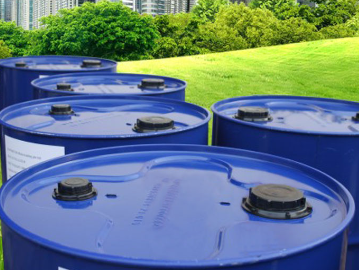
Temperature has a significant impact on the properties and performance of silicone rubber. Silicone rubber is a versatile material that is widely used in various industries due to its flexibility, durability, and heat resistance. However, its properties can be altered by changes in temperature, which can affect its mechanical, electrical, and thermal properties.
One of the key characteristics of silicone rubber is its high resistance to extreme temperatures. It can withstand a wide range of temperatures, from as low as -60°C to as high as 220°C, without significantly compromising its performance. This makes it suitable for applications that require exposure to heat or cold, such as automotive components, industrial seals, and cookware.
At low temperatures, silicone rubber retains its flexibility and elasticity, making it ideal for applications that involve dynamic movements or vibrations. It remains pliable and resilient even in freezing conditions, unlike other elastomers that can become brittle and prone to cracking. This property is particularly beneficial in cold climates or refrigeration systems where the material needs to maintain its integrity and sealing capabilities.
Conversely, at high temperatures, silicone rubber may experience changes in its mechanical properties. As the temperature rises, the material softens and becomes more compliant, which can affect its tensile strength, elongation at break, and tear resistance. Prolonged exposure to elevated temperatures can cause silicone rubber to degrade, leading to potential failure or deterioration of its performance over time.
In addition, thermal conductivity is another important property that is influenced by temperature in silicone rubber. The material has a relatively low thermal conductivity compared to metals or ceramics, which means it has limited heat transfer capabilities. This can be advantageous in certain applications where insulation or thermal management is required, such as in electronic devices, heating elements, or oven mitts.
Furthermore, temperature can also impact the electrical properties of silicone rubber. At high temperatures, the material may exhibit a decrease in its dielectric strength or insulation resistance, which can affect its suitability for electrical insulation applications. It is essential to consider these factors when designing and selecting silicone rubber materials for electrical components or insulating products that are exposed to temperature variations.
In conclusion, temperature plays a critical role in determining the performance and durability of silicone rubber. Its ability to withstand a wide range of temperatures makes it a versatile material for various applications. However, it is important to consider the potential effects of temperature on its mechanical, electrical, and thermal properties to ensure optimal performance and longevity. By understanding how temperature affects silicone rubber, engineers and designers can make informed decisions when selecting materials for specific applications and environments.